1.Windows and it's versions
Let’s explore the rich history of Microsoft Windows and explore its evolution through different versions.
Microsoft Windows upgrades: Windows 1.0 to 11 and up
1. Windows 1.0 (1985) .
Release date: 20 November
Key features: Color control, based on MS-DOS
Notable Features: Covered windows were introduced, and the pictures are effective
Fun fact: Windows 1.0 was more of a graphics interface than a stand-alone OS.

2. Windows 3.1 (1992) .
Release date: 6 April
Features: Increased multimedia capabilities
Legacy: Windows 3.1 for enterprise (with connectivity support) .
Trivia: The iconic “Start” button first made its debut here.

3. Windows 95 (1995) .
Release date: August 24, 2016.
Game-Changer: The first true 32-bit operating system
Highlights: Plug-and-play support, Start menu, and Internet Explorer
Remember?: The wonderful early Windows 95 soundtrack!
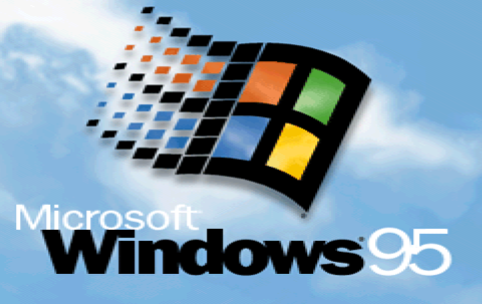
4. Windows XP (2001).
Release date: 25 October
Revolution: Integrated Consumer and Business Networks (Windows Me + Windows 2000) .
Luna Theme: Introduced a new way of looking
Nostalgia Alert: Solitaire and Minesweeper have become legends.

5. Windows 7 (2009) .
Release date: 22 October
Touch-Friendly: Optimized for touch screens
Stability: A fan favorite after Windows Vista hiccups
Hidden gems: Snapping windows for efficient multitasking.

6. Windows 8 (2012) .
Release date: 26 October
Bold Move: A tile-based Start screen was introduced
Mixed reactions - loved by some, confused by others
Legacy: Windows 8.1 (Download now )reintroduced the Start button.

7. Windows 10 (2015) .
Release date: 29 July
Versatility: OS integration across devices (desktop, tablet, and phone).
Cortana - the digital assistant has made its debut
Ongoing Support: Still going strong!
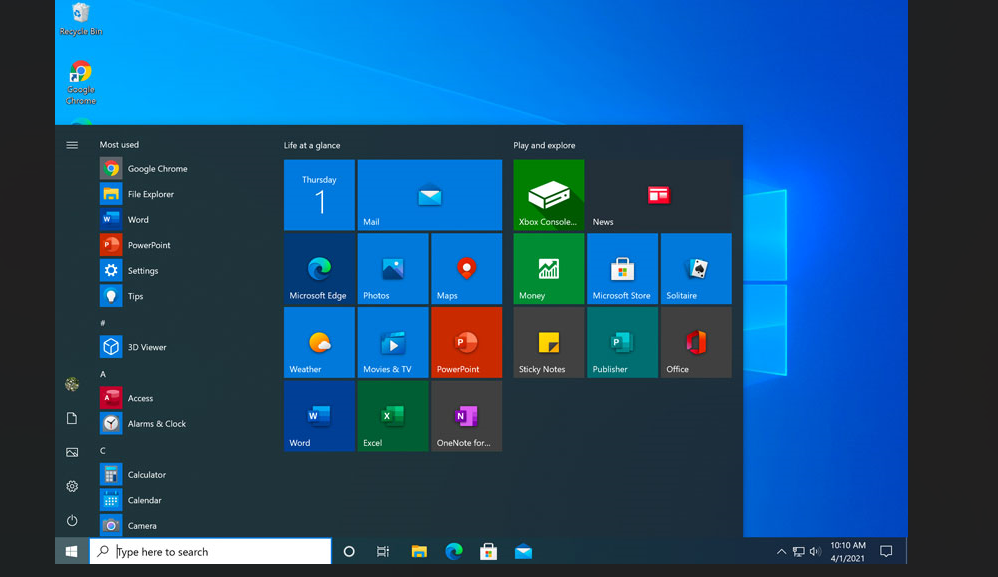
Release date: 5 October
Modern look: revised start menu, centralized taskbar icons
Widgets: Widgets are back!
Minimum Requirements: Check if your PC is compatible
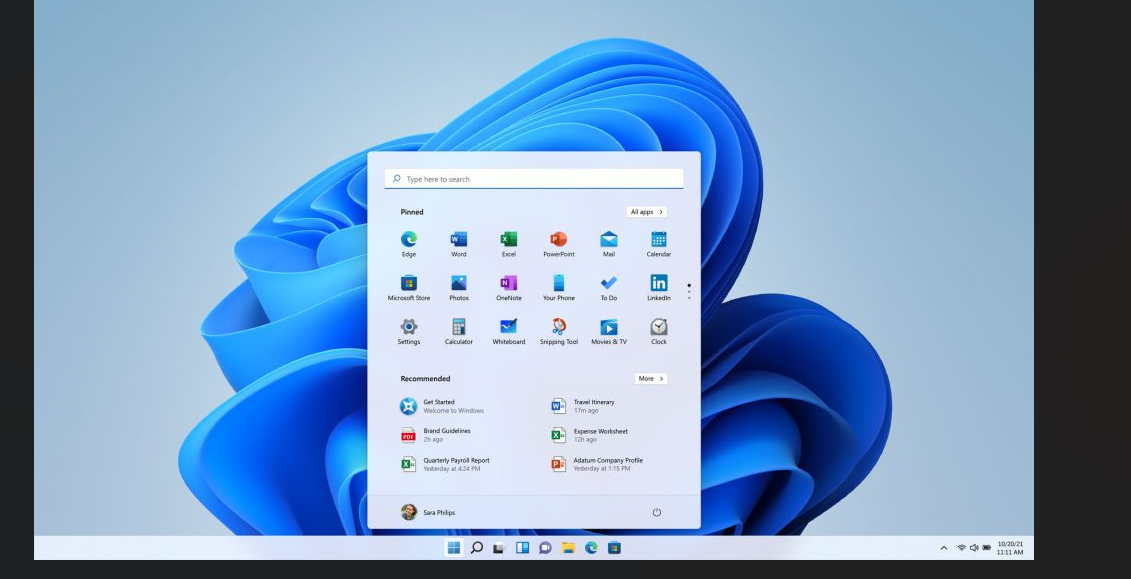
2. kali Linux
Let’s dive into the exciting world of Kali Linux, a powerful operating system designed for advanced penetration testing, security analysis and ethical hacking.
Kali Linux: Release the power of cybersecurity
What is Kali Linux?
Kali Linux is an open source, Debian-based distribution designed for information security professionals.
Developed by Mati Aharonot and Devon Cairns, it is the go-to place for penetration testers, network analysts and anyone working in cybersecurity.
Key features of Kali Linux:
Penetration Testing Equipment:
Kali Linux comes packed with hundreds of tools for various security tasks.
It covers everything from vulnerability assessments to fraud detection.
Adaptation and optimization:
The metapackage allows for easy customization based on specific security applications.
Whether you’re a red team member, a forensics expert, or a vulnerability analyst, Kali adapts to your needs.
Books and community:
Kali’s extensive documentation caters to both beginners and seasoned veterans.
Active communities provide support, tool recommendation, and bug tracking.
Black people are everywhere:
Mobile devices: Install Kali on your smartphone or tablet with Kali NetHunter.
Containers: Use kali in light pots for isolated testing.
ARMs: Use low-power ARMs for discriminant analysis.
Cloud providers: Pre-installed Kali instances are ready to go.
Windows Subsystem (WSL) for Linux: Integrate Kali into Windows.
Bare Metal: Apply Kali directly to the hardware for best performance.
Black equipment required:
Aircrack-ng: Wireless network analysis and cracking.
Burp Suite: Web-application security testing.
Hydra: Brute-force attacks and password cracking.
Metasploit Framework: Implement development and testing.
Nmap: network scanning and detection.
Wireshark: packet analysis and network troubleshooting.
Special settings:
Undercover mode: Make Kali look like a regular desktop and blend.
Kali NetHunter: Mobile penetration testing on Android devices.
Win-KeX: Complete black desktop experience on Windows WSL

3. Ubuntu
Let’s explore the fascinating world of Ubuntu, the popular Linux distribution that has captured the hearts of millions of users around the world.
Ubuntu: A brief overview
What is Ubuntu?
Ubuntu is a free and open source Linux-based operating system developed by a British company called Canonical.
It was introduced in 2004 and is based on another popular Linux distribution, Debian.
Canonical provides support, security updates, and manages the ongoing development of Ubuntu.
The main features of Ubuntu:
Guidelines required:
Ubuntu comes with a number of important applications, including web browsers (Firefox, Chrome), messaging tools, game systems (Steam), and text editing software (OBS Studio).
Whether you're surfing the web, playing games, or developing content, Ubuntu has you covered.
Security and Privacy:
Continuous updates and built-in security features prioritize user privacy and system integrity.
If data security is important to you, Ubuntu is a safe option.
Corporate Integration:
Ubuntu integrates seamlessly with workstations.
Ubuntu Pro offers extended security patching, compliance tools, and support for third-party identity management tools.
Completely open source:
Ubuntu is always free to download, use and share.
Its existence rests on a global community of volunteers who contribute to the development of open source software.
Certified hardware that works well:
Ubuntu partners with major hardware manufacturers to provide hosted laptops, desktops, and workstations.
Certified devices benefit from bespoke customization and reliability testing.
Old hardware that works well:
As a lightweight and responsive OS, Ubuntu breathes new life into older machines.
Installing Ubuntu can extend the life of your hardware.
Support for Raspberry Pi:
Ubuntu Desktop is also certified on the Raspberry Pi, providing a rich developer experience on this powerful arm machine.
Corporate-Class Support:
Ubuntu Desktop empowers developers in a variety of industries, from automotive and aerospace to VFX homes and academia.
Canonical Ubuntu Pro Desktop offers a full subscription with extended support and tools.
Ubuntu on Windows with WSL:
Get the power of a full Ubuntu terminal environment on Windows by using the Windows Subsystem for Linux (WSL).
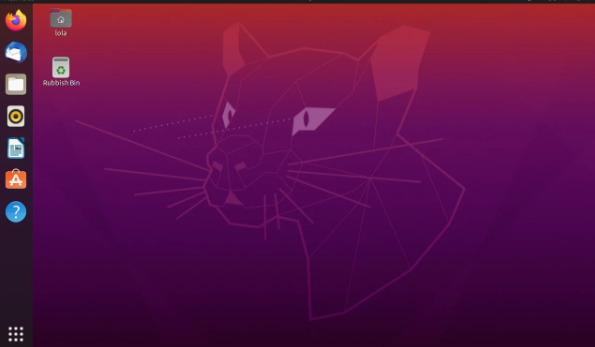
4. macOS
Let’s explore the fascinating journey of macOS, Apple’s operating system for Mac computers.
Introduction to macOS versions
Mac OS Classic (1984-2001).
The journey began with the original Macintosh programming software in 1984. Over time, it evolved into System 7, with the introduction of user interfaces, drag-and-drop functionality, and the introduction of programming folders but limited of Classic Mac OS and, . and lacked modern capabilities.
Mac OS X Era (2001-present) .
The biggest change was Mac OS X (pronounced “ten”), launched in 2001 (name spelled “cheetah”). Here are the basics:
Aqua and user interface development:
Mac OS X 10.0 (“Cheetah”) introduced the Aqua interface with crisp graphics and simplified design.
Other Features:
Versions such as 10.2 (“Jaguar”) and 10.3 (“Panther”) introduced iChat, Exposé, and Spotlight search.
Intel Update:
Mac OS X 10.4 (“Tiger”) marked a revolution in Intel processors, increasing performance and compatibility.
Renovations and modernization:
10.6 (“Iceberg”) focused on development under the hood.
10.7 (“Lion”) with iOS-inspired integration, connecting Macs and mobile devices.
Development of Design:
macOS 10.10 (“Yosemite”) introduced a flatter design and confirmed continuity with iOS.
Optimization and Integration:
10.14 (“Mojave”) introduced Dark Mode.
10.15 (“Catalina”) has a Project Catalyst feature to simplify iPad app development on a Mac.
Current macOS (in 2024) .
The latest is macOS Monterey. Key features include:
Safari Display:
Safari is 50% faster than Chrome.
Institutional Resources:
Access system controls and settings from a single location.
Widgets:
Customize the widgets in the text menu.
iOS Apps on M1 Macs:
Use iOS apps naturally.
Local Audio:
Support for AirPods Pro.
Look around the map:
Look for wide views of the streets.
Detailed group messages:
Improvement in messages.
Remember, macOS continues to evolve, blending new features, robustness and easy integration

5. Fedora Linux
Let’s explore Fedora Linux, a new versatile operating system developed by the Fedora Project. Whether you’re a developer, server admin, or IoT enthusiast, Fedora has something for you.
Here is a brief summary:
Fedora Linux: Your open source OS
1. Fedora workstation
Purpose: Designed for laptops and desktop computers.
features:
Polished and easy to use.
It’s good for developers and builders.
Multi-purpose tools.
Download: Fedora Workstation
2. Fedora Server
Purpose: A powerful and flexible OS for data centers.
Key Topics:
Plus the latest data center technology.
Ideal for server deployments.
Download: Fedora Server
3. Fedora IoT
Purpose: A reliable open source platform for IoT ecosystems.
foundation:
It provides a robust edge for building IoT solutions.
Safety focused and reliable.
Twe: Fedora IoT
4. Fedora Cloud no
Purpose: A lightweight VM environment for use in the cloud.
Highlights:
Minimum base OS model.
Optimized for public and private clouds.
Twe: Fedora Cloud
5. Fedora CoreOS
Purpose: An optimized OS in a container.
features:
It really renews itself.
Minimal footprint for characters.
Twe: Fedora CoreOS
Other options:
Atomic Desktops: Enhanced Fedora desktop experiences with added security and reliability.
Fedora Spins: Custom desktop environments (e.g., KDE Plasma, Xfce).
Fedora Labs: A repository of purpose-driven software.
Fedora ALT Downloads: General purpose or alternative.
Resources: Fedora Docs


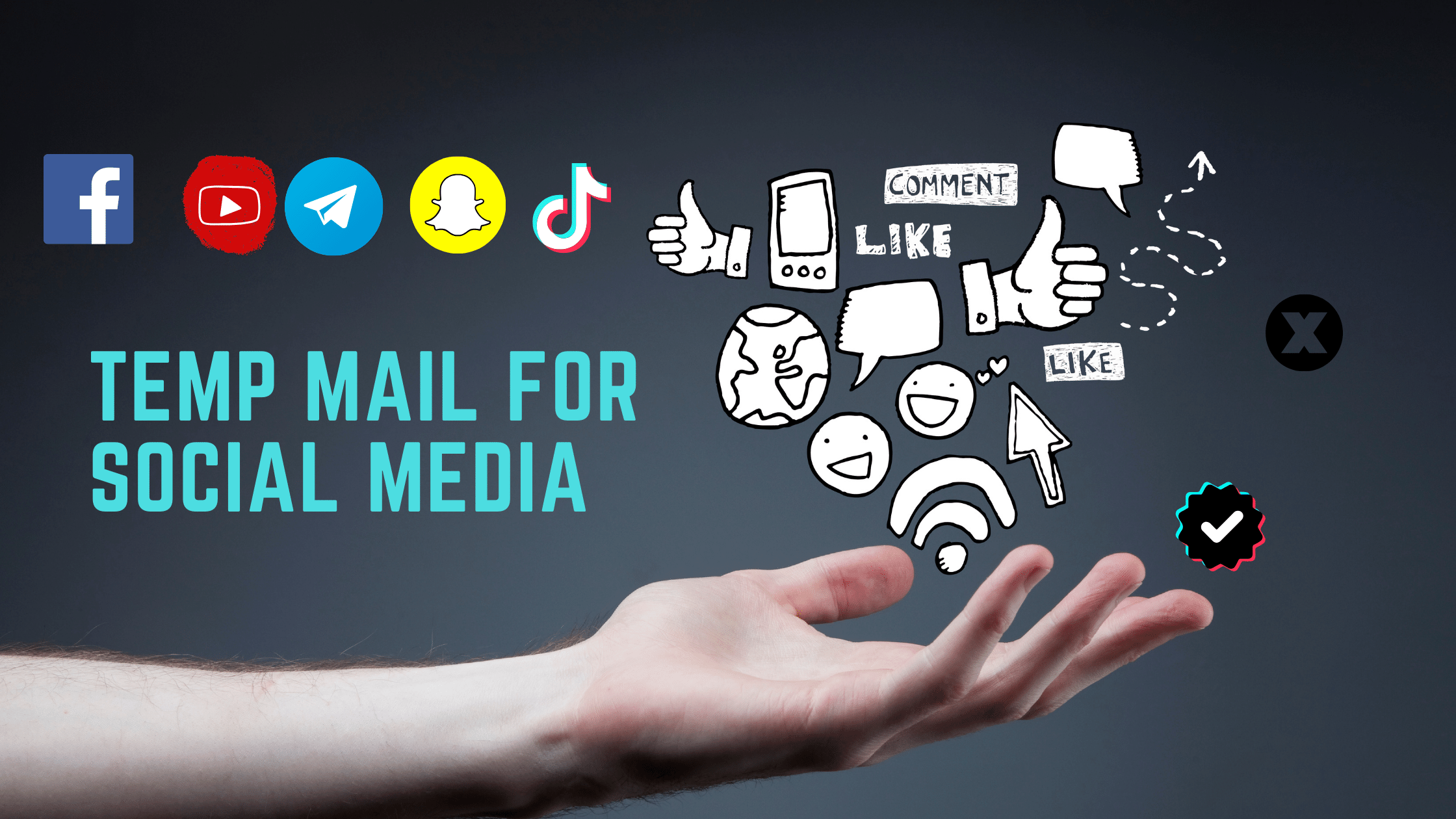
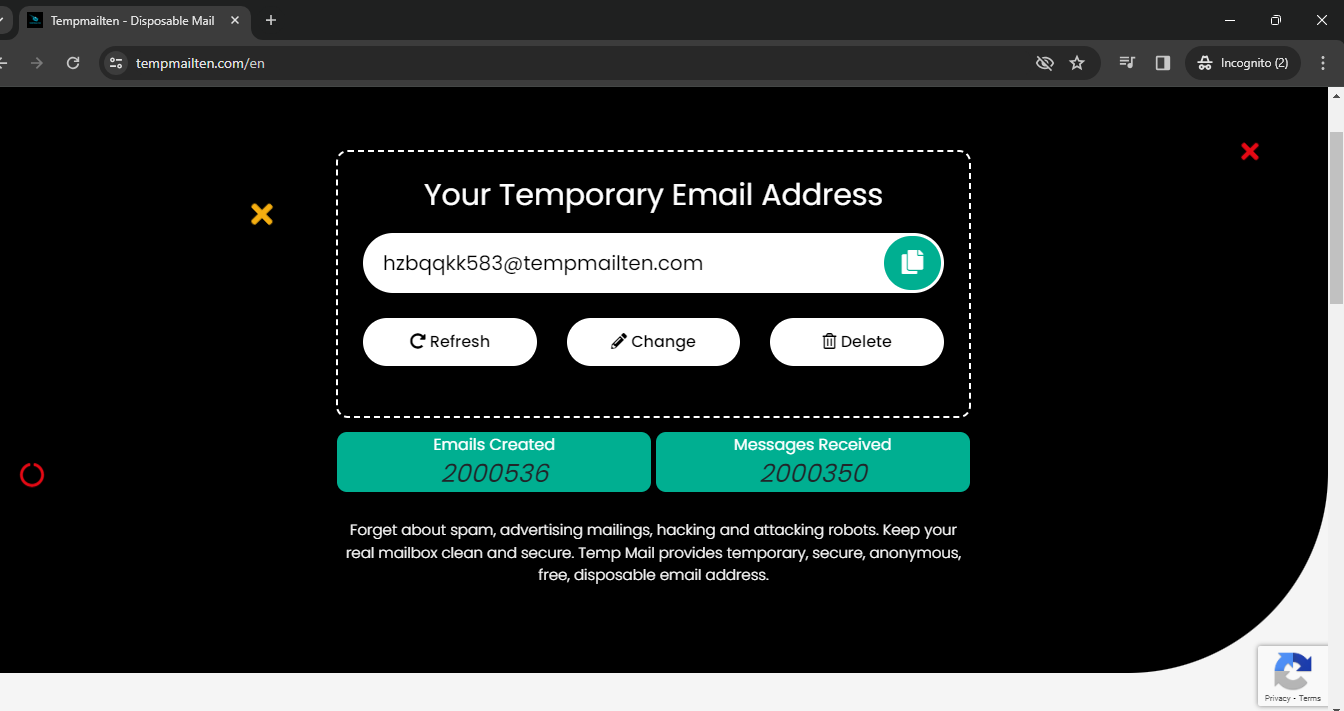
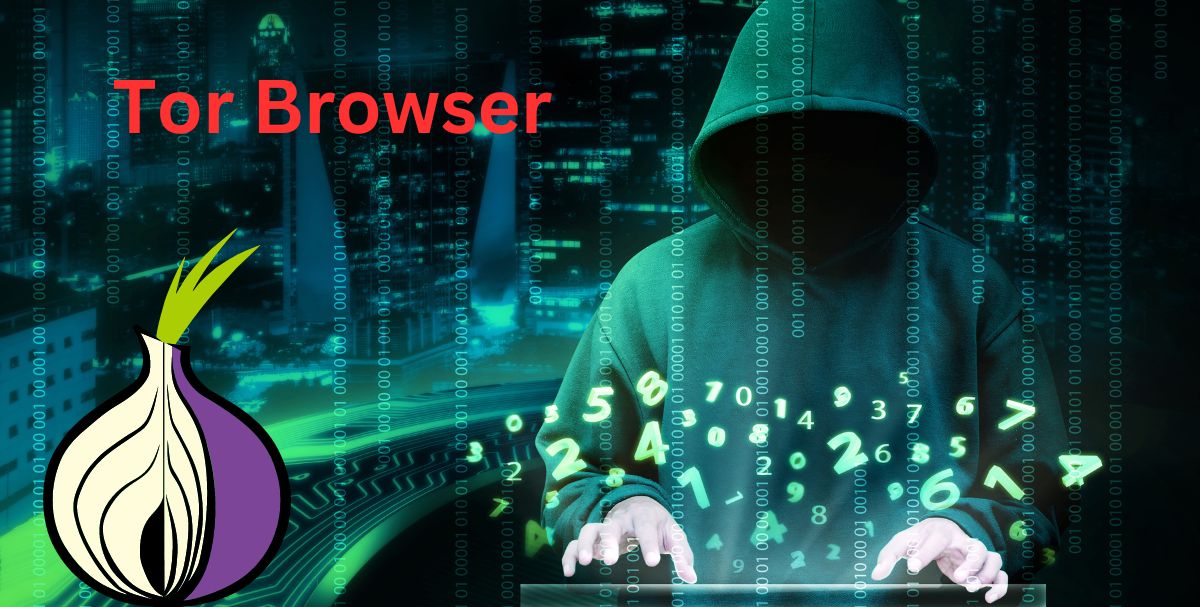
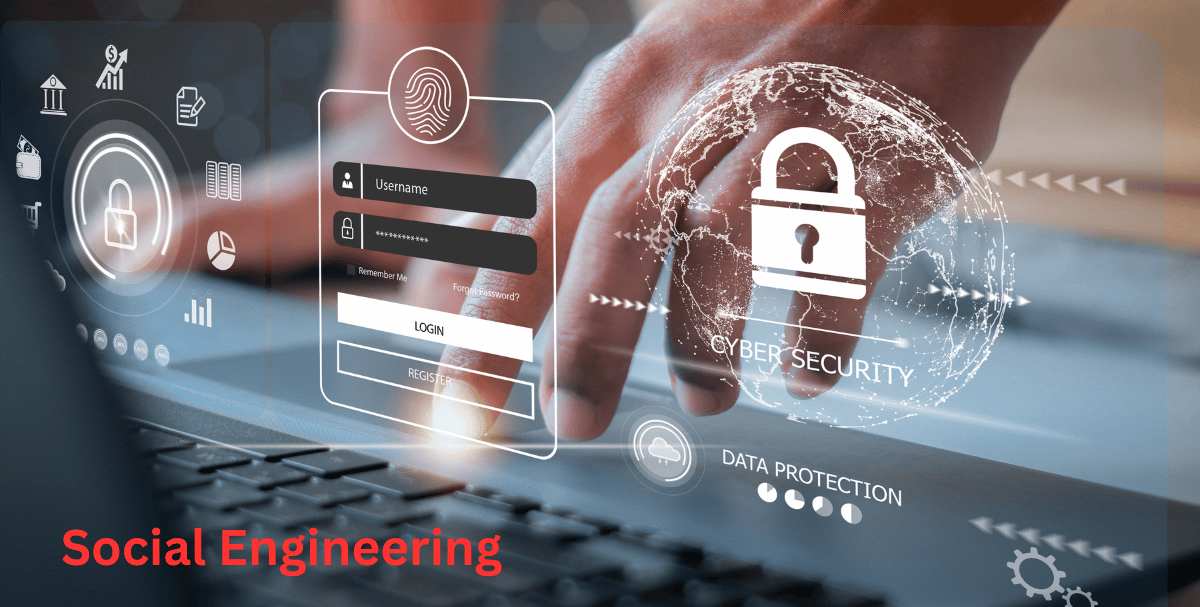
Leave a Reply